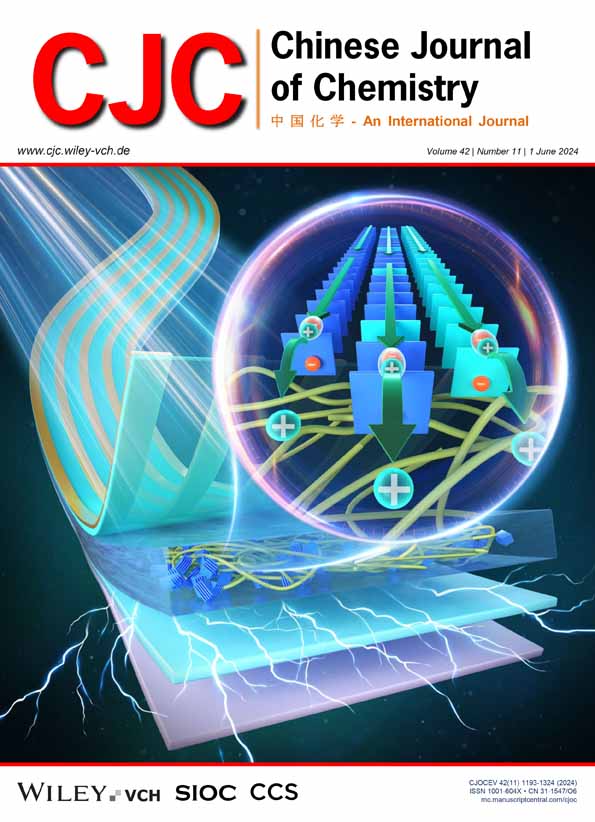Unraveling the Dynamic Landscape of RNA Modifications: Insights from MS, NMR, and Beyond
Abstract
RNA modifications greatly expand the functional diversity of RNA molecules, impacting RNA's stability, folding, and interactions with other biomolecules. These modifications play critical roles in cellular processes and are increasingly linked to disease states. Developments in mass spectrometry (MS), nuclear magnetic resonance (NMR), and chemical probing techniques have provided insights into the mechanisms and functions of RNA modifications. Combining these experimental approaches allows researchers to explore the complexities of RNA modifications and their effects on RNA structure and dynamics. This review highlights recent progresses in the field and examines how the integration of MS, NMR, and complementary techniques is advancing our understanding of RNA modifications and their biological significance.
Key Scientists
The landscape of RNA biology has undergone a dramatic transformation due to the development of powerful methodologies that specifically target the identification, characterization, and functional analysis of RNA modifications. Scientists have pioneered advancements in mass spectrometry (MS) and nuclear magnetic resonance (NMR) spectroscopy, enabling the detailed study of these modifications and their impact on RNA structure, dynamics, and function. These techniques have been instrumental in revealing the vast complexity of RNA modifications, demonstrating how chemical alterations to RNA molecules can profoundly influence cellular processes. This timeline highlights the contributions of key figures who have specifically developed and applied these techniques to investigate RNA modifications, advancing our understanding of their biological significance and potential roles in disease.

 求助内容:
求助内容: 应助结果提醒方式:
应助结果提醒方式:


